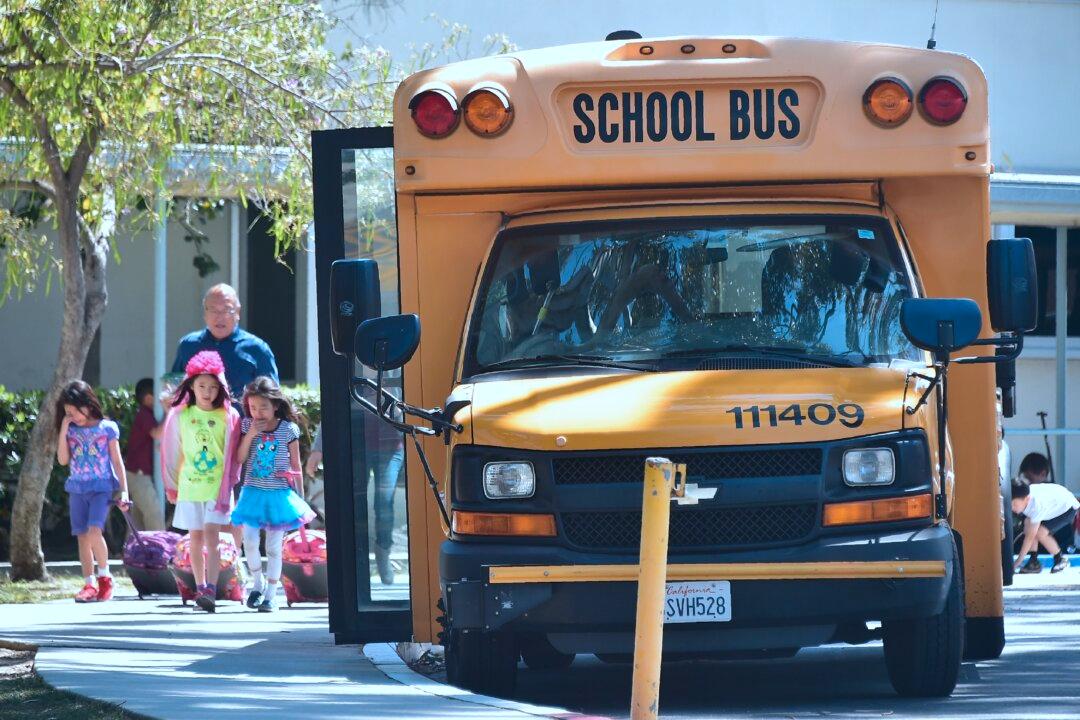Commentary
The fiscal year of July 1, 2020, to June 30, 2021, dealt a blow to Orange County’s 28 school districts thanks to the COVID-19 lockdown by California Gov. Gavin Newsom. The coronavirus was unique in that very few school-aged children were impacted by the pandemic, but schools were closed all the same. The pain was not only felt by kindergarteners to senior high school students, but by their parents as well.





